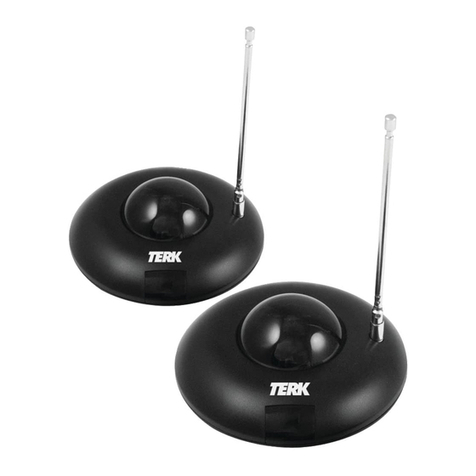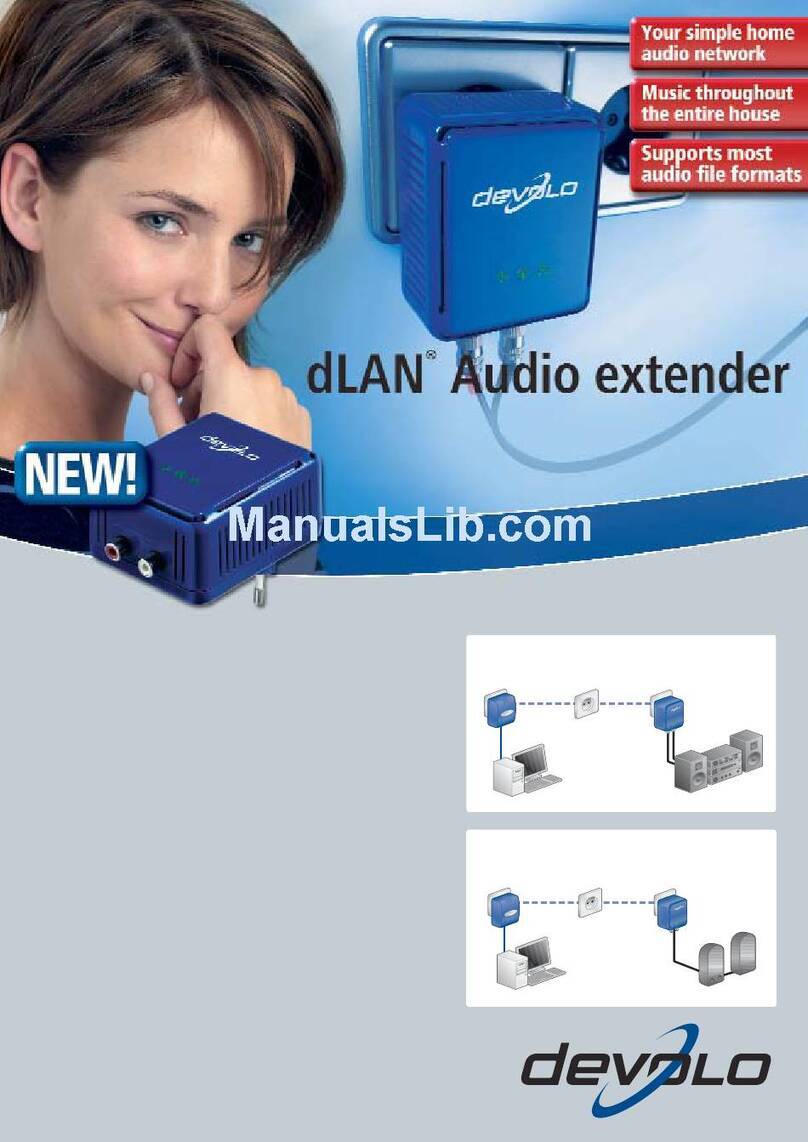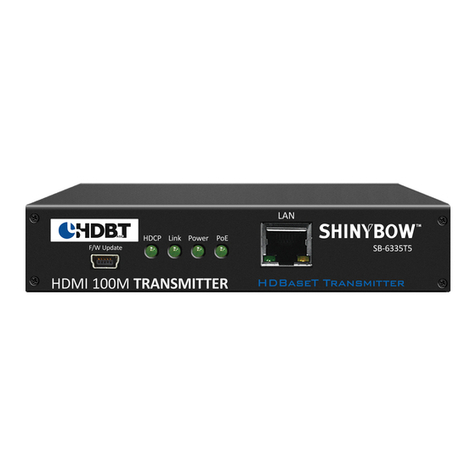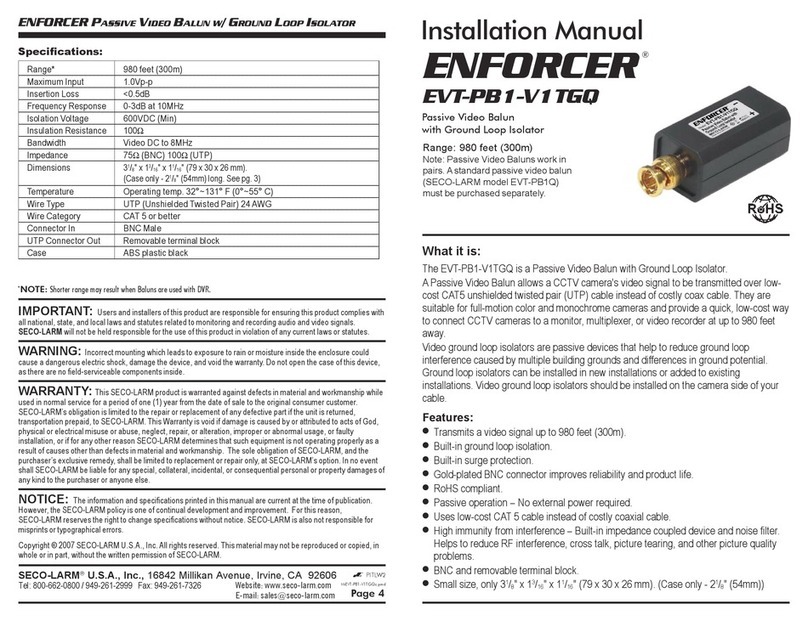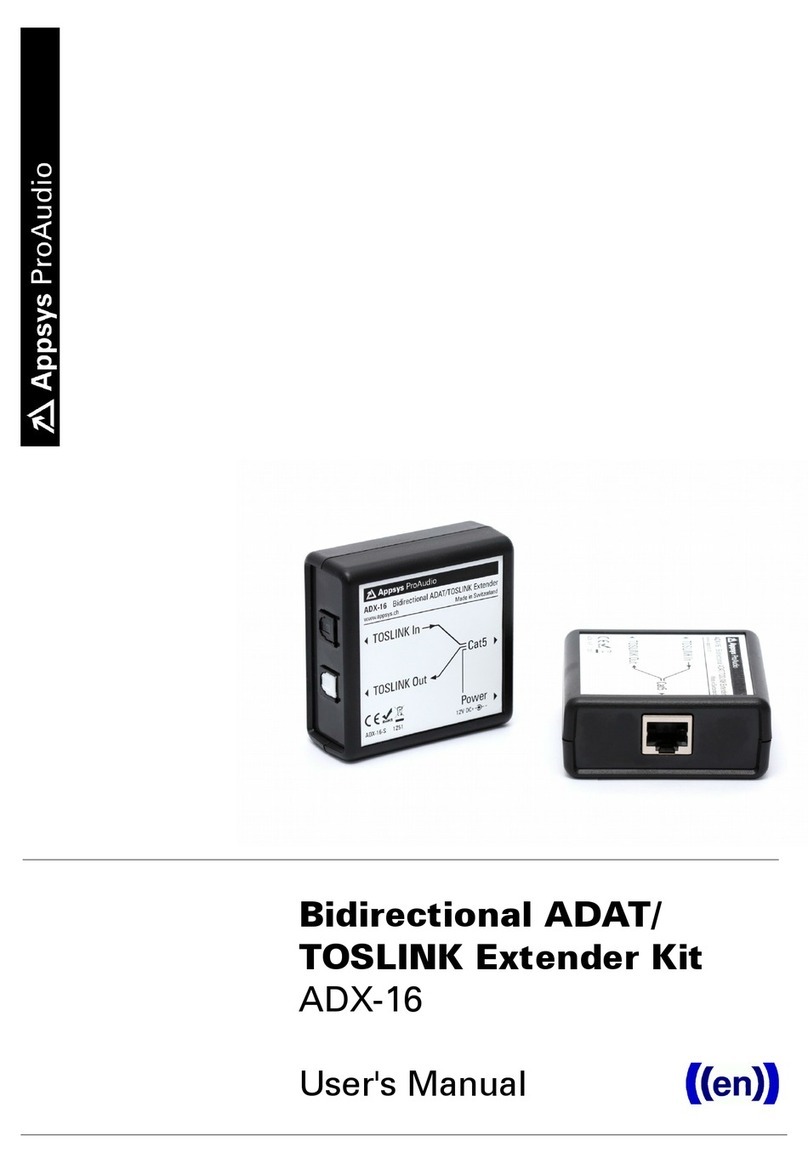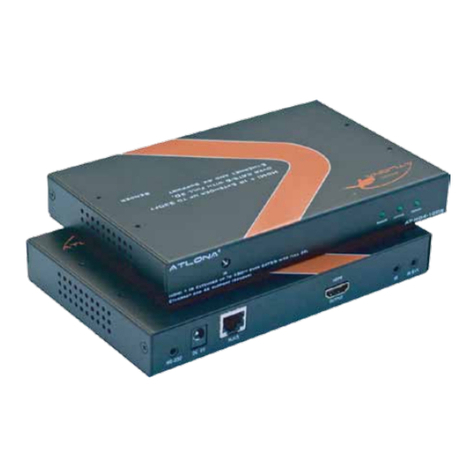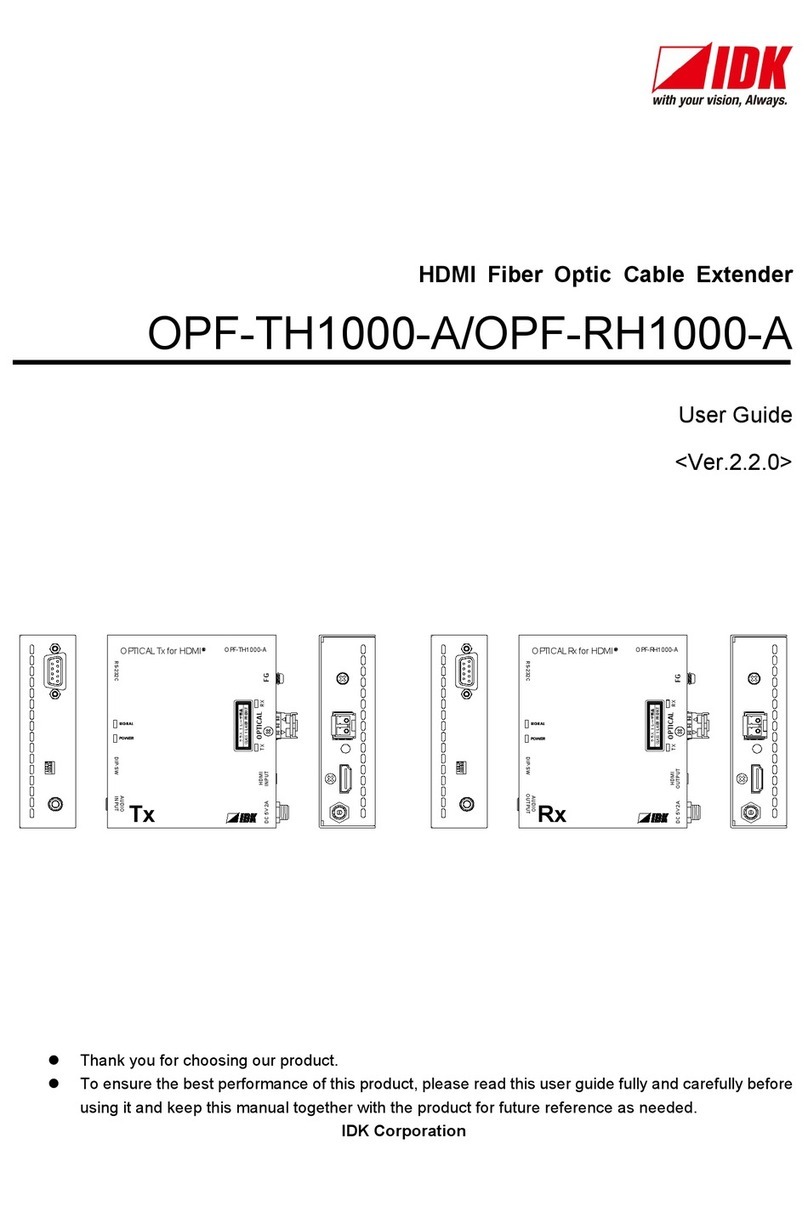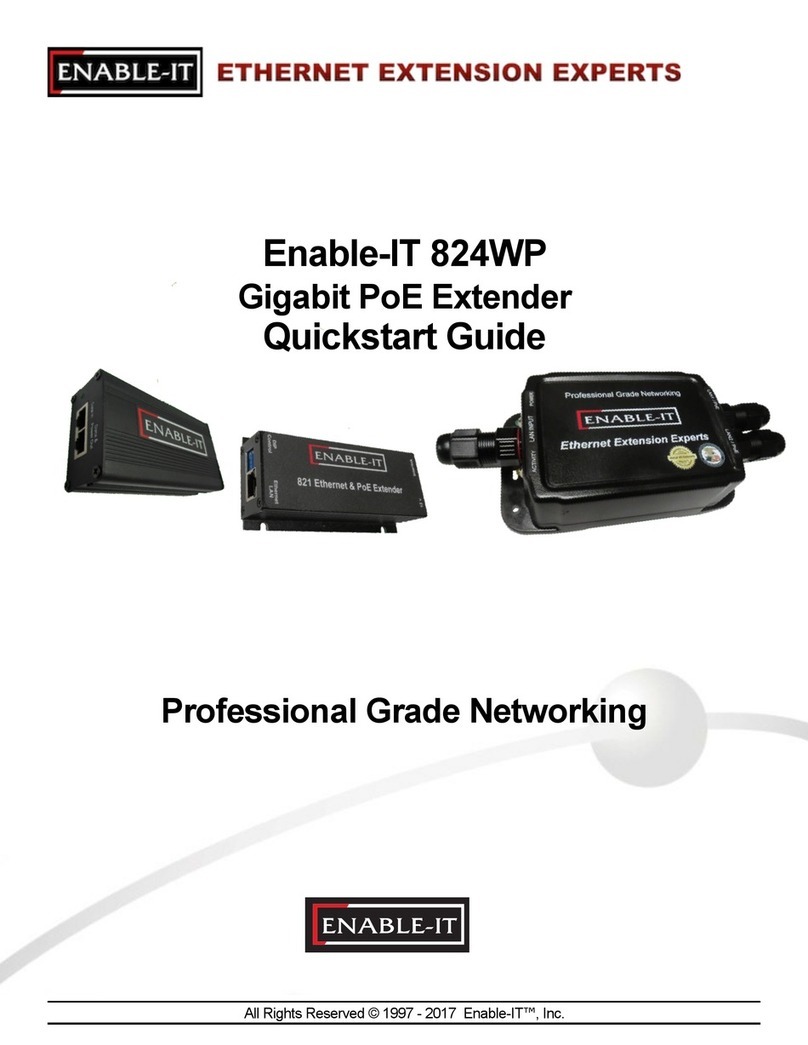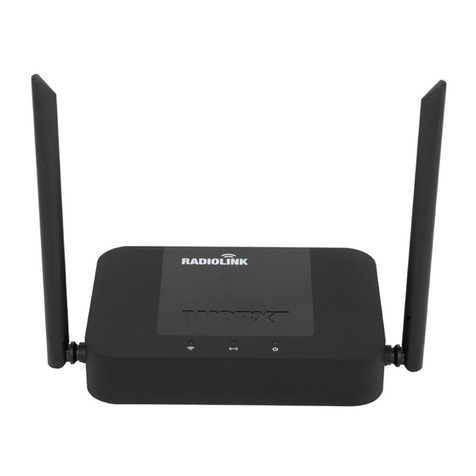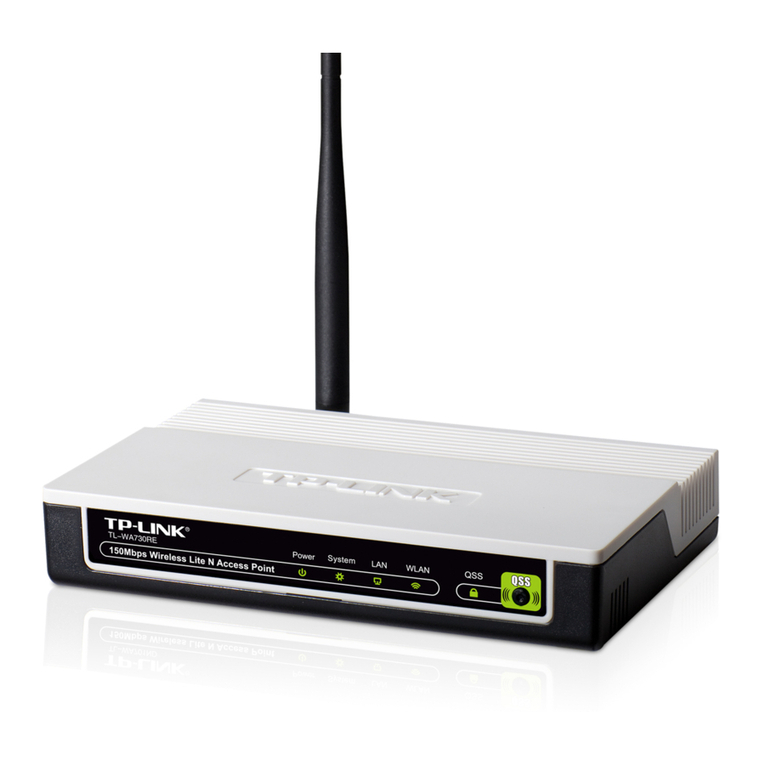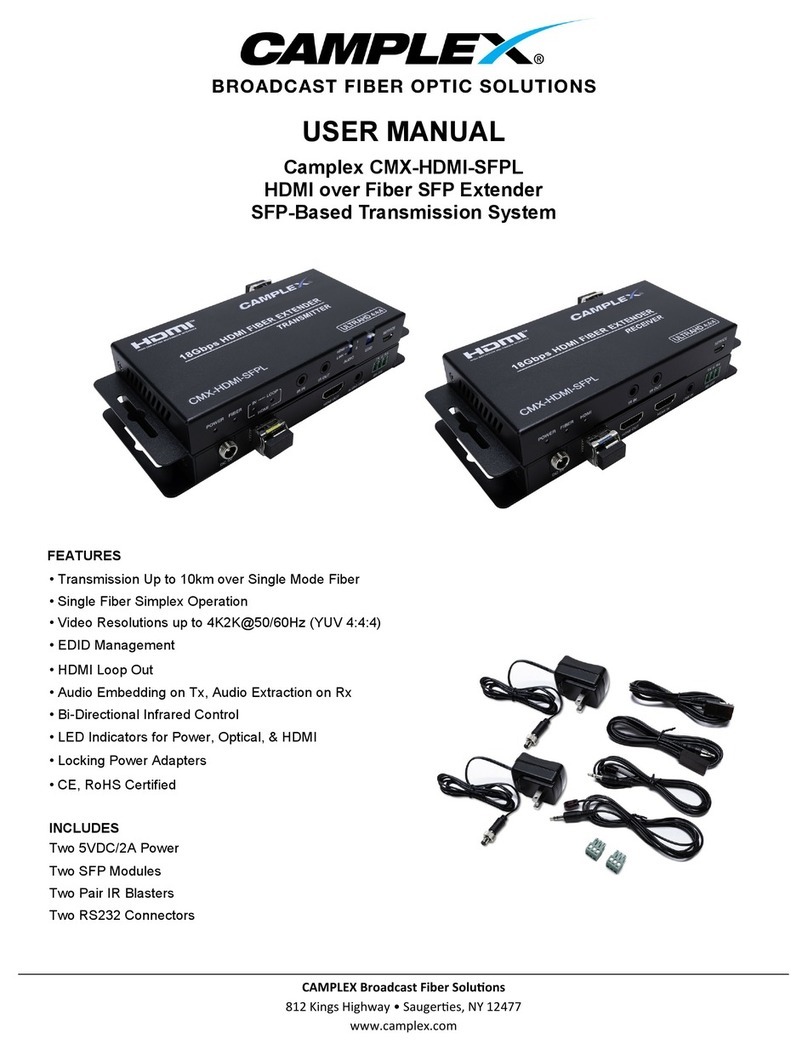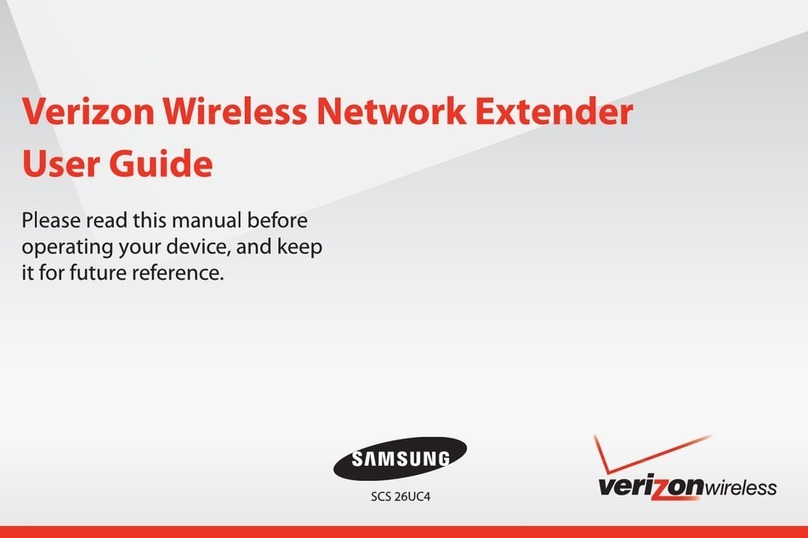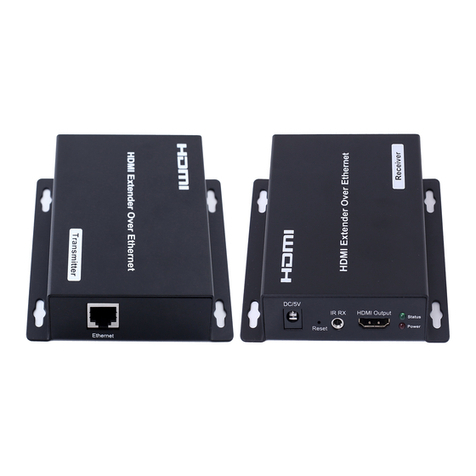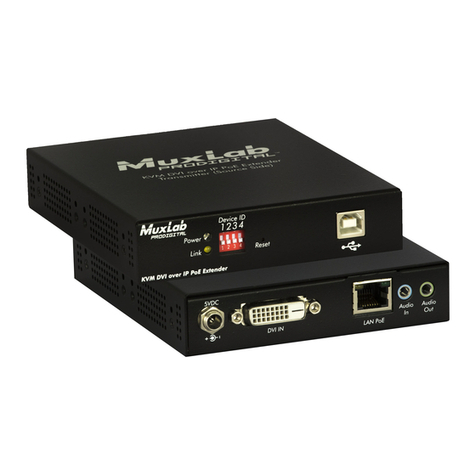
Once satisfied with the highest signal strength, tighten the U clamp nuts to hold the unit in place.
Remove the power from the booster and wait one minute before re-connecting the booster to reset
the proper gain level. Next Shut off your handset, wait a minute and turn you handset back on. You
should see your highest signal strength level at this time. If you do not have this level, either you’re
external Yagi antenna may have moved during the tightening of the U clamp. NOTE: Never unplug
the booster when moving the antennas.
5. If you do not have a flat surface to mount the pipe flange on, you may fasten the Yagi antenna
to the side of a roof truss. If so you, you can use a 90-degree socket elbow attached to the pipe
flange allowing you to make adjustments as describe above.
Section # 8 Limited 1 Year Warranty
Cyfre™ warrants that this product is free from any defects in material or workmanship for a period of one year. If a defect in material
or workmanship is found, Cyfre™ agrees to repair or replace the product at its own discretion, free of charge, to the original purchaser
excluding all shipping charges. To return product, all parts, packaging, and accessories along with original receipt from where you
purchased your product must be included with your return. Failure to return all product, parts, packaging, and accessories will result in
product The warranty is void if the product has been modified, abused, tampered with, or subjected to abnormal conditions. Any use
of non Cyfre™ antennas or cables will void your warranty.
866-55-Cyfre (Toll Free) 805-777-1100 (Phone)
805-777-8232 (Fax) www.Cyfre.com
2282 Townsgate Road Westlake Village, CA 91361
Section # 9 Industry Canada RSS-131 Requirements
IVWA819 Specifications per paragraph 5.3
1. The nominal passband gain is 53 dB.
2. The nominal bandwidth is, CDMA 1.2 MHz, TDMA 40 KHz, GSM 300 KHz
3. The measured maximum output power:
0.812 W (29.12 dBm) 824.020-848.980 MHz
0.794W (29.01 dBm) 1850.020 – 1909.980 MHz
0.048 W (16.81 dBm) 869.020 – 893.980 MHz
0.026 W (14.16 dBm) 1930.020 – 1989.980 MHz
4. The Pmean output power:
0.230 W (23.64 dBm) 824.020-848.980 MHz
0.272 W (24.30 dBm) 1850.020 – 1909.980 MHz
0.015 W (11.78 dBm) 869.020 – 893.980 MHz
0.085 W (9.11 dBm) 1930.020 – 1989.980 MHz
5. The Prated output power:
0.224 W (23.50 dBm) 824.020-848.980 MHz
0.251 W (24.00 dBm) 1850.020 – 1909.980 MHz
0.014W (11.50 dBm) 869.020 – 893.980 MHz
0.008 W (9.00 dBm) 1930.020 – 1989.980 MHz
6. The input and output impedance is 50 ohms
7. Notice: The Manufacturer’s rated output power of this equipment is for single carrier operation.
For situations when multiple carrier signals are present, there is no change in the rating of the unit.
Regardless of the input to the unit, the device will not exceed the rated level of output. The output
power per band is the same regardless of whether it is single or multi-carrier operation.

